
 Flash News
Flash News
Online fraud scheme discovered, AKSK appeals to citizens: how to protect yourself
Imam Ahmed Kalaja faces up to 3 years in prison, accused of obstruction of justice
Pyrotechnics near the Polytechnic University, police seize materials and launch investigations
Shots in Allias, the 31-year-old is shot by the neighbor, the perpetrator disappears after the incident
Posta e mëngjesit/ Me 2 rreshta: Çfarë pati rëndësi dje në Shqipëri
The 'live' kidnapping on the show, 'The Economist': How Ecuador became the deadliest country in Latin America, the role of the Albanian mafia

One of Ecuador's most watched news programs, El Noticiero, was broadcasting live when gunmen entered the studio.
Cameras rolled as hooded gangsters pistol-whipped staff on the floor. They then took to the air for 15 minutes, waving gang signs to stunned onlookers and taking selfies while brandishing machetes, dynamite and machine guns.
The violence, broadcast across the country on the afternoon of January 9 by a state channel, tc Televisión, shocked Ecuadorians as chaos gripped the country this week.
In 2019 it was one of the safest countries in Latin America, with a homicide rate of 6.7 per 100,000 inhabitants. Some Ecuadorian sources estimate that by 2023 the homicide rate will have increased more than sixfold, to 45 per 100,000 inhabitants, making their country the deadliest in continental Latin America, writes The Economist.
Ecuador, particularly its port of Guayaquil, became a more important hub for the shipment of cocaine from Peru and Colombia after Colombian ports tightened their security in 2009. The trade had previously been monopolized by the FARC, a powerful Colombian guerrilla group. which kept violence to a minimum. But after Farc signed a peace deal in 2016, most of its members demobilized. Local, regional and international bands poured in to fill the vacuum. The Mexican cartels have financed the Ecuadorian ones. The Albanian mafia has expanded its presence in Ecuador as well. Such a rapid influx of international organized crime was facilitated by Ecuador's dollarized economy and lax visa requirements for foreigners.
Ecuadorian gangsters like Macias have become kings. Los Choneros and other local gangs are believed to have armed themselves with weapons carried by their Mexican patrons for the cocaine shipments. They now possess machine guns, rifles and grenades that enable them to face Ecuador's poorly trained armed forces.
Ecuadorian gangs have generated cash flow by creating a profitable base in Europe, where cocaine consumption is on the rise. The busiest cocaine-trafficking route in the world today runs from Guayaquil to the port of Antwerp in Belgium, according to Chris Dalby of World of Crime, a Netherlands-based investigative group. Much of this cocaine is packed into shipping containers containing bananas, one of Ecuador's biggest exports. Europe's demand "has turned Ecuadorian ports into one of the most valuable pieces of infrastructure you can control if you're a drug-trafficking group in Latin America," says Will Freeman of the Council on Foreign Relations in New York.
This money allows gangs to buy off prison guards. Macias and other gang leaders have turned perhaps a quarter of Ecuador's 36 prisons into their headquarters, from where they stage attacks and recruit new members. Macias escaped shortly before being transferred to a more secure unit in the prison complex. He must have been tipped off by corrupt officials.
Corruption of this kind is widespread. In 2023, the police began investigating several government officials for ties to the Albanian mafia. Months later the prime suspect was found dead. In 2022, 25 air force officials were convicted of sabotaging radar equipment that monitored drug gang activity in Ecuadorian airspace.
Latest news


Albanian fan kisses Serbian journalist during live broadcast
2025-06-08 21:22:22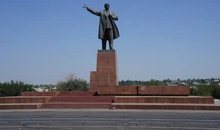
Kyrgyzstan removes largest Lenin statue in Central Asia
2025-06-08 20:54:50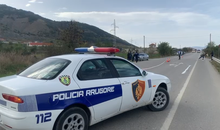
51 accidents every day, skateboard incidents on the rise
2025-06-08 20:40:25
African heat hits Italy, temperatures expected to reach 40°C
2025-06-08 20:26:56
From the cradle to the office, life experiences in the decisions of bosses
2025-06-08 20:07:24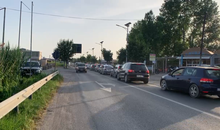
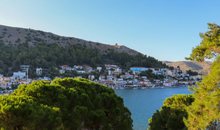
Greek seismologists concerned after earthquake on Mount Athos
2025-06-08 19:18:51
Why do olive oil bottles have to be dark in color?
2025-06-08 18:55:21
Serbian authorities detain a former member of the Kosovo Police Special Unit
2025-06-08 18:30:17

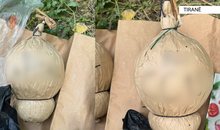
A quantity of pyrotechnic materials was found at the Polytechnic University.
2025-06-08 17:29:06
The tower that covers God with concrete
2025-06-08 17:00:43

Police take stock of May: 625 arrested and 415 thousand euros of assets seized
2025-06-08 16:15:37
Italy/ 16-year-old Albanian stabbed, investigations reveal first clues
2025-06-08 15:57:54


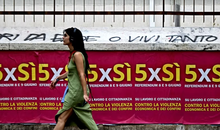
Citizenship referendum polarizes society in Italy
2025-06-08 14:38:51



Foreign tourist gets stranded on the beach, police intervene
2025-06-08 13:04:56
"He abused power"/ PD demands the immediate removal of Anuela Ristani
2025-06-08 12:44:37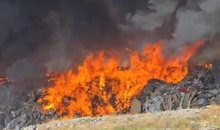
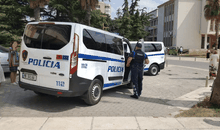

Five people are arrested in Kapshtica, four of them border policemen
2025-06-08 11:46:41
The Serbian team leaves Tirana under strong security measures
2025-06-08 11:20:25
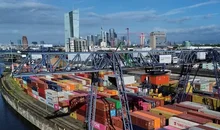
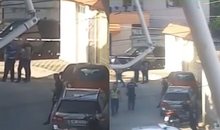
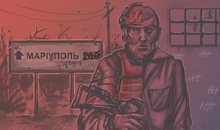

Trump-Musk clash risks sinking NASA, biggest cuts in its history
2025-06-08 09:41:34
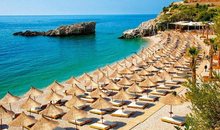



Temperature up to 38 degrees, weather for today
2025-06-08 08:21:33
Posta e mëngjesit/ Me 2 rreshta: Çfarë pati rëndësi dje në Shqipëri
2025-06-08 08:04:53
Albania-Serbia clash ends goalless, Manaj misses 'golden' chance
2025-06-07 22:42:40


Trump warns of 'consequences' if Musk funds political rivals
2025-06-07 21:29:11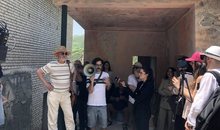

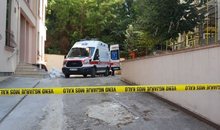
14-year-old falls from 6th floor of apartment in Tirana
2025-06-07 20:28:07
"Old enemies don't make new friends"
2025-06-07 19:52:58



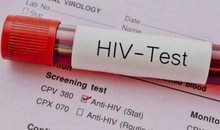
HIV on the rise in Kosovo, 10 new cases recorded in five months
2025-06-07 17:47:59
Fire in the waste field in Vlora, Berisha: Monstrous crime against citizens
2025-06-07 17:27:40

PL: The country's food safety system does not track food contamination
2025-06-07 16:40:37
Fire engulfs Vlora waste field again, mayor: Intentional
2025-06-07 16:20:06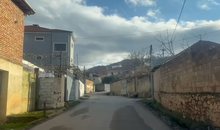
20-year-old man ends his life in Pogradec, police reveal details
2025-06-07 15:47:29
Tourism without heritage: Durrës opens the season with museums closed
2025-06-07 15:27:30

Gjendet një person i pajetë në Tiranë
2025-06-07 14:54:23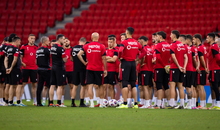
Detailed control, the rules that fans must follow in the Albania-Serbia match
2025-06-07 14:32:19
A heat wave will sweep across Albania next week
2025-06-07 14:10:18





AMP checks at Kapshtica customs, drug found hidden in a vehicle
2025-06-07 12:15:26
Kosovo Assembly fails to be constituted even after 28 attempts
2025-06-07 11:58:58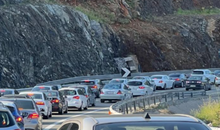


Oh Albania, you have no old age!
2025-06-07 11:05:01


Mavraj's message to the Rossoneri: Kosovo is ours forever. Now play football
2025-06-07 10:10:52


Why are Ukrainians being accused of arson at Keir Starmer's properties?
2025-06-07 09:16:24
Foreign exchange, how much foreign currencies are sold and bought today
2025-06-07 09:04:55

Horoscope, what do the stars have in store for you today?
2025-06-07 08:31:29
Weather forecast for Saturday, here's what the temperatures will be like
2025-06-07 08:17:35
Posta e mëngjesit/ Me 2 rreshta: Çfarë pati rëndësi dje në Shqipëri
2025-06-07 08:01:23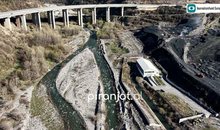
Heavy metals in the Drin River, causes of cancerous diseases
2025-06-06 22:54:02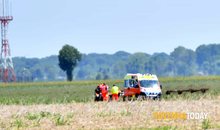


Works in Spaç, Lubonja: Destruction of collective and historical memory
2025-06-06 21:54:32

DASH: Balkans, part of American strategy for expelling migrants
2025-06-06 21:12:33

Ilir Shqina, a diplomat, and her business partner Grida Dumas were suddenly born
2025-06-06 20:21:46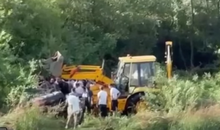


Couple injured in Kavaja, police find firearm hidden in wall
2025-06-06 19:05:19

EULEX mandate in Kosovo extended until 2027
2025-06-06 17:58:20
These are the 3 zodiac signs that will be favored in the next decade
2025-06-06 17:50:52
